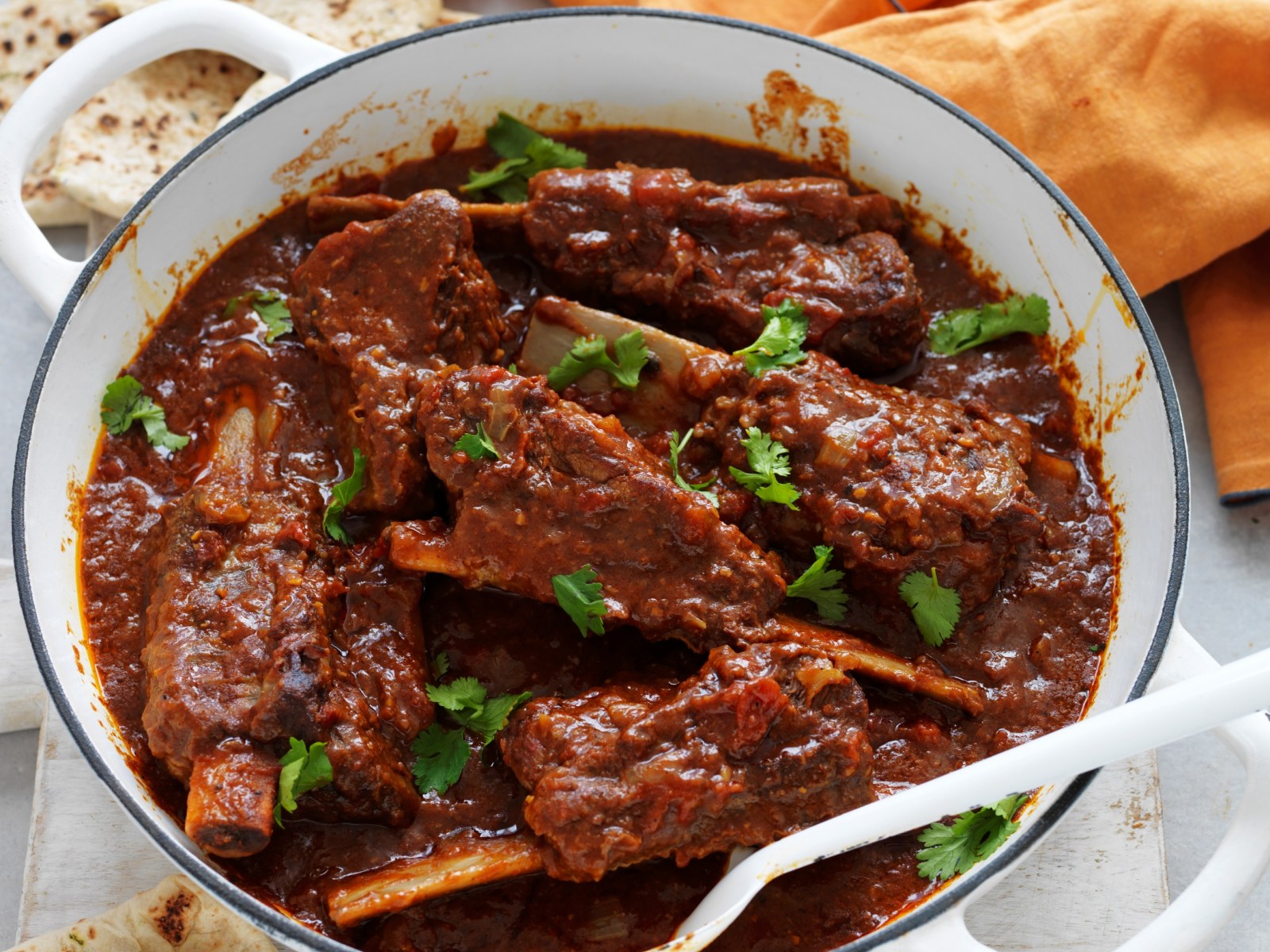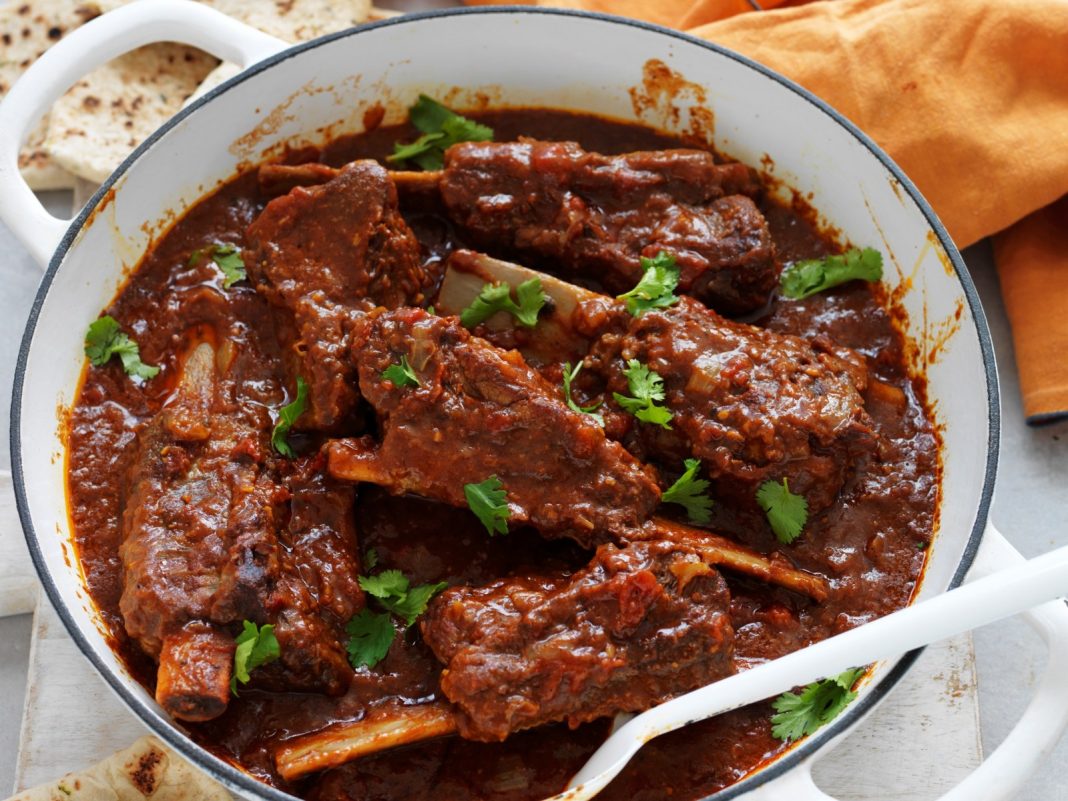 Australian Beef Exports Face Competition from Japan, South Korea, and the United States
Australian Beef Exports Face Competition from Japan, South Korea, and the United States
As the demand for beef continues to rise, Australia is facing increased competition from Japan, South Korea, and the United States. According to a report from Meat and Livestock Australia (MLA), the United States was the top export destination for Australian beef in the first three months of 2024. This surge in exports to the US is expected to continue as American production falls.
The decline in North American beef production has been ongoing since January 2023 and is now starting to have a significant impact on global markets. The report states that global beef exports from the US are likely to put pressure on supply for the rest of the year. While higher Australian production will help offset the supply gap, it will not be enough to compensate for the decline in US supply.
The report predicts that Australian market share for high-quality beef in Japan and Korea will continue to rise as US exports fall. This, along with strong Australian supply, will help make up for the shortfall. However, China’s economic performance remains a key question for the rest of the year. The report notes that China, the world’s largest beef importer, has seen a slowdown in key economic indicators and below-trend consumer sentiment. If export volumes into China decline, it could accelerate the diversification of South American exports and put pressure on cattle prices.
In terms of production, Australia produced 570,681 tonnes of beef and veal in the first quarter of 2024. This represents a 15% increase compared to the same period in 2021 but is 1% less than the previous quarter. The domestic market accounted for 28% of local production in the first quarter of 2024.
In terms of exports, Australian exports to North America surged by 86% compared to the same period last year, while exports to Japan grew by 25% and exports to China rose by 9%. However, exports to South Korea dropped by 8%. Exports to all other markets also saw a 17% increase compared to the first quarter of 2023.
Despite these challenges, the outlook for Australian beef exports remains positive. According to MLA Global Supply Analyst Tim Jackson, Australia is a major player in export markets and the US has emerged as the largest market for Australian beef in 2024. The decline in US production and high slaughter rates in South America due to drought conditions are expected to further reduce global beef supply. Additionally, a weak Australian dollar has made Australian beef more competitive on the global market.
Furthermore, separate statistics released by the Department of Agriculture, Fisheries and Forestry reveal that the US is the leading export market for Australian beef and veal. Australia exported 15.65 million kilograms of beef and veal to the US east coast, 2.92 million kilograms to the west coast, and 1.28 million kilograms to Canada. Other significant export destinations include Japan, Korea, other Asian countries, the Middle East, and the European Union.
Australian Agriculture Minister Murray Watt emphasizes that Australian meat is highly desired for its quality, health benefits, sustainability, and flavor. The growing demand for Australian beef reflects its strong reputation in international markets.
In conclusion, while Australia faces increased competition in the global beef market, particularly from Japan, South Korea, and the United States, the outlook for Australian beef exports remains positive. Demand from these countries is expected to continue rising, offsetting the decline in US production. Additionally, factors such as high slaughter rates in South America and a weak Australian dollar contribute to the competitiveness of Australian beef on the global market.

